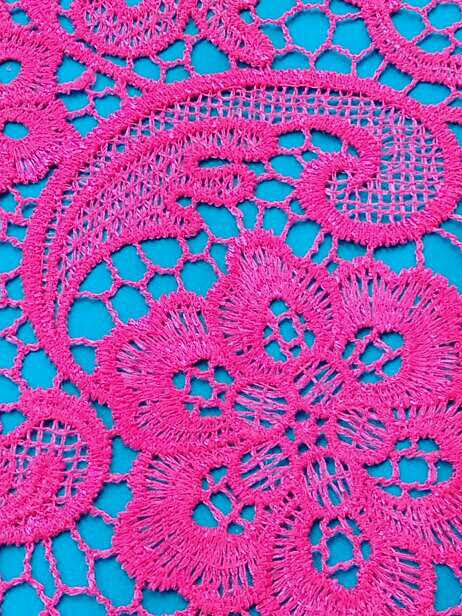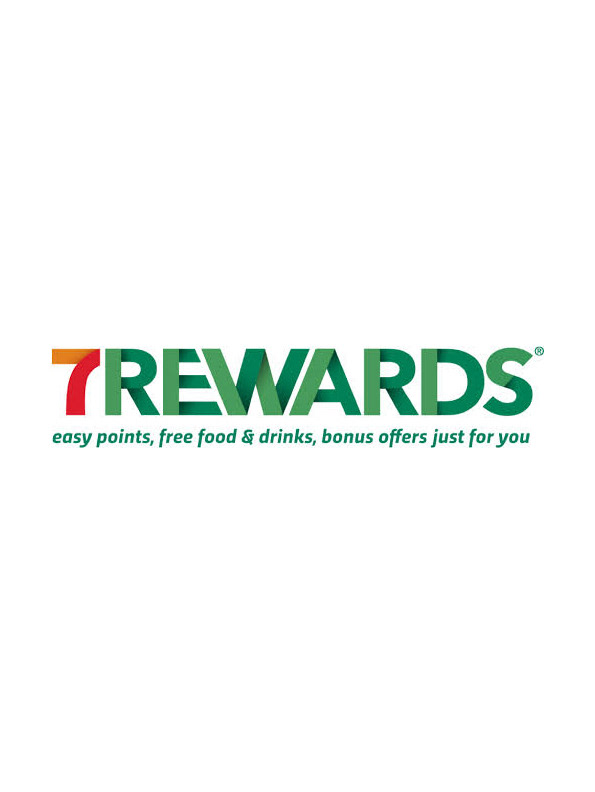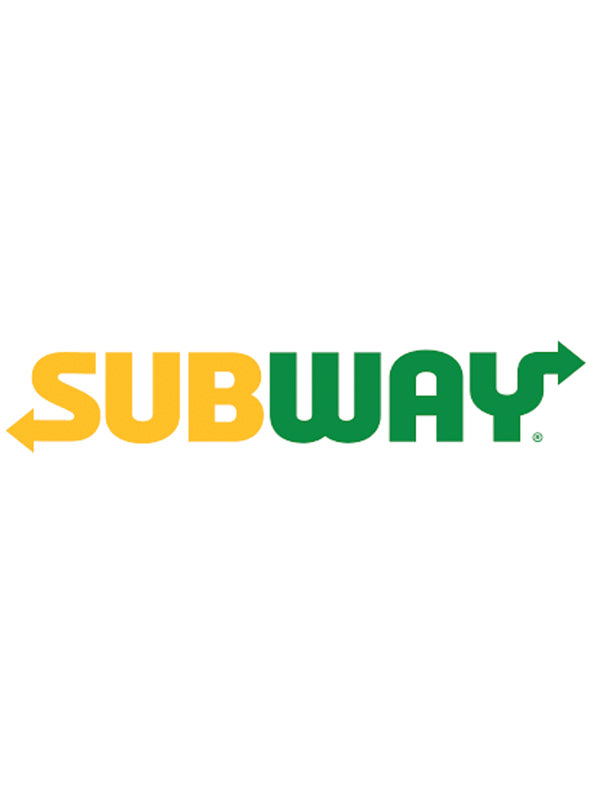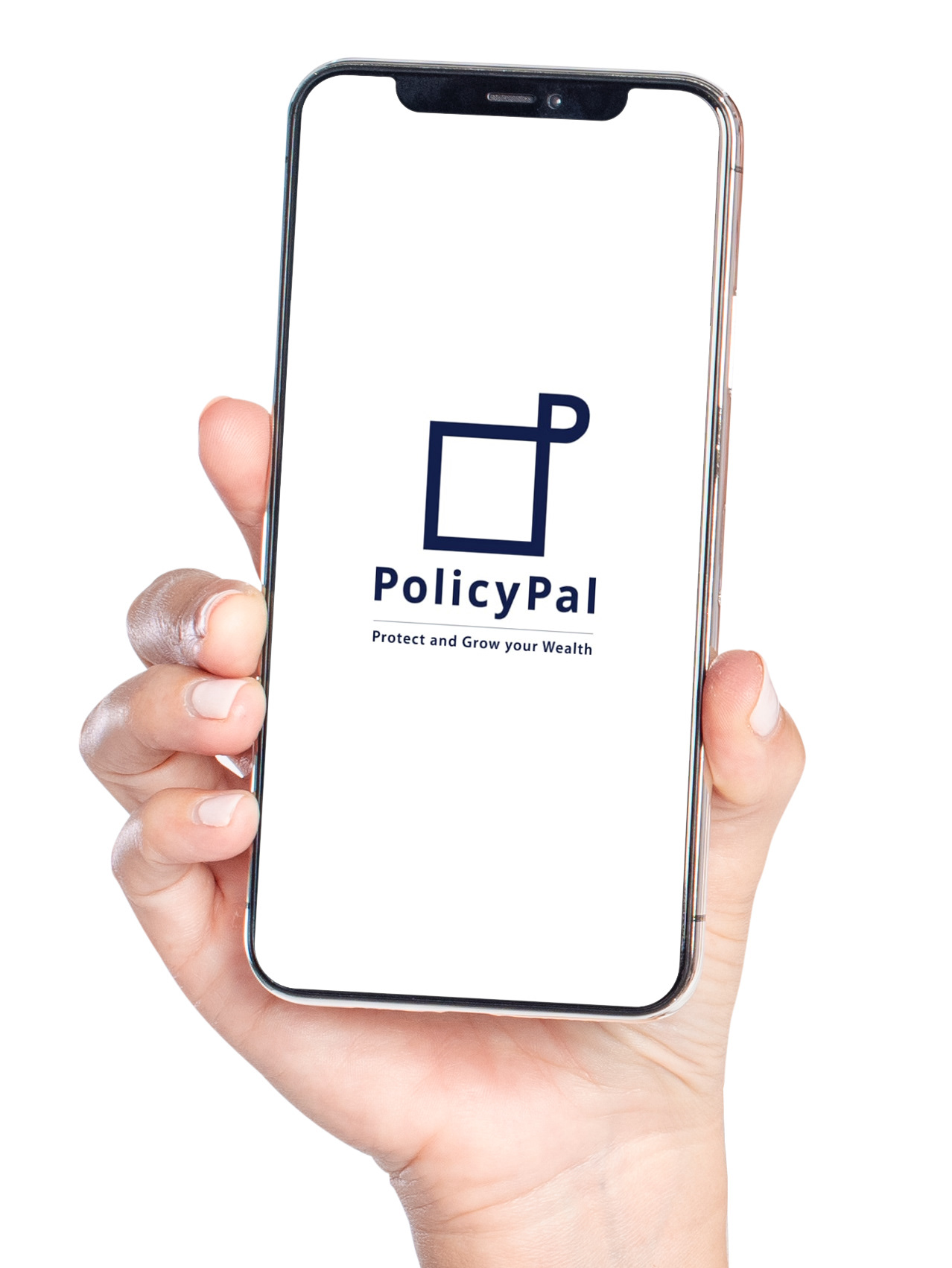INTRODUCTION OF MYSELF:
More than a designer…As I am an individual who is creative and passionate in art, I excel in customer service, team management and digital marketing. Due to having a career in customer service and sales representation in publishing industries, I became a freelance designer.
Aspire to be in an organisation as a digital product designer with a UX team that lets me to explore and create innovation great designs.
Relevant Education:
Certification in WSQ User Interface Design in 2019 with First Media Design School
Graduated from Singapore Polytechnic in 2021 with a Specialist Diploma in User Experience & Digital Product Design.
Completed Certification Human Factors International (HFI) UX1 - Usability Engineering Course with NTUC Learning Hub
Completed Certification in Scrum Master Course with NTUC Learning Hub
Certified Scrum Master in 2021 with Scrum Alliance - Scrum Badge https://bcert.me/skekccwbr
UX/UI Tools:
Adobe Creative Suite: Adobe Illustrator 2021, Adobe Photoshop 2021, Adobe Acrobat Pro, Adobe XD, Adobe Lightroom
Figma, Mural, Miro, Medium
Skills & Competency:
Visual Communication & Design / Marketing / Branding / Collateral / Publishing / Design Thinking / Concept Thinking / Business Model Design / UX Research / UX Processes / Problem Solving / Decision Making & Communication / Sketching / UX Design Using 5 Planes / Design System / Design Sprint / Information Architecture / Interaction Design / Mock Ups & Prototyping
UX RESEARCH
My Definition & Application of UX Research
"UX Research is a collective of user research based on how to improve the understanding, decisions of a design process. It is also maybe called design research. This research encompasses a variety of investigation methods to create insights and context processes based on the end-user perspective. All information data collected through different methods like conducting interviews, collecting surveys, observing prospects, shadowing process, reviews based on existing data analytics and so on. All data collected are considered as structured data and unstructured data. Structured data are called Quantitative Data while unstructured data are called Qualitative Data. Quantitative Data are statistical analysis and objective conclusions like surveys and experiments.
Some examples of Quantitative Data are Traffic Analysis; mostly on demographics, page views, marketing channels, conversion of applications, Heat Maps; apps that where people are clicking on mobile for navigate, Scroll Maps; depends on how far people scrolling and Usability Testing or a method, called A/B Testings; where interviews are carried on with more detail and properly selected questions. The steps in Quantitative Data Research have many steps like looking into the theory, hypothesis, design research, operationalising concepts, selecting research site and responses, data processing and collecting and lastly findings and conclusions. Qualitative Data are subjective conclusions and thorough a summary of the research. Some examples of Qualitative Data research from User Interviews; mostly one to one concept, Focus Group whereas 3 to 12 participants participate to be in a discussion group to give feedback and reviews, Card Sorting; sorting and organising information and Usability Testing; asking participants for feedback on the
interface of the applications. All these user groups interviews like creative group, conflict group, peer groups and focus groups play a very good part in the research.Their interviews with leading questions, shadow questions, open-ended questions, time-based, brief description, frustrations, and dream helps the understanding of the research. There are different types of interviews such as Direct Interviews, Indirect Interviews, and Ethnographic Interviews. Direct interviews are the common interviews where the researcher will ask specific direct questions whereas indirect interviews will have some guidelines to open the conversation with the participants. Ethnographic Interviews focus on task-based questions and situations. These interviews are recorded as proof of the research documents. Participants will need to give consent of release, model release form to be filled up and non-disclosure agreement is signed with the participants. Interview participants will be given incentives for their feedback in monetary or even non- monetary. Non-monetary is issued in the form of free meals, vouchers whereas monetary will be about the Singapore dollar of $80 per session or depending on the context of the interview.
Human Behaviour such as posture, body language, conversation, and social awareness play a very important part of the user research and engagement. Following their example such as User Shadowing, researchers will be able to observe, follow the footsteps of the user’s thinking, emotions and understand their pains. All this information is made into Empathy Map of the User or the Persona/Target Audience.his will be able to detect that person’s emotional situation, thoughts, and actions that the user will take. The best process is to create a Customer Journey Map where it will be able to cluster facts, concerns, user pain points from beginning to end. This will follow with the UX StoryTelling where research information and all data are told as to how the journey started to let people understand the situation, feelings, emotions. UX Research is a design research that covers a lot of things, facts, outcome data, thinking and conclusion under one roof to fully understand the problems and to get the best solution for the best UX experience."
Project Brief
Ability to do UX Research and identified research approaches conducted. Gathering information and identified what methods of research is done, gather and processes in the research stages. Document all research and findings before moving on to Design Sprint.
Tools Used & Covered
Adobe XD, Miro, Marvel, Adobe Photoshop, Google Slides, Google Forms, Data Collection Methods, Interviews, Surveys, (Android) My Recorder, Demographics, Structured (Quantitative) Data, Unstructured (Qualitative)Data, User Shadowing, Card Sorting, User Story, User Journey Map, User Emotions & Behaviour Thinking, Usability Testing
Chosen Product & Product Research
Chosen product is MyTransport.Sg. The application have started in 2016 and it went second rebranding in 2018 and I believe that the application can improve further.
Shadowing Neighbours
1) Mr Chua, who is thinking of driving or taking public transport to his friend place.
2) Mr Ahmad, is taking the public transport to do visitation to a relative.
Both of them unwilling to be recorded. Screen recording and voice recording is been recorded instead. They are okay with the voice recording.
What type of Questions to Ask for Survey & Focus Group?
FOCUS GROUP
FOCUS GROUP AUDIO RECORDING DONE BY MYSELF
USER TESTING FEEDBACKS
PERSONA FOR UX RESEARCH
Research on commuters that use public transport to travel from Point A to Point B after their working hours to run personal errands or activities.
USER STORYTELLING
USER JOURNEY MAP (based on User Story)
VALUE PROPOSITION CANVAS
HEURISTIC EVALUATION (based on usability testing)
PRIOTISATION MATRIX
FINDING & RECOMMENDATION
OVERALL REFLECTION ON UX RESEARCH
DESIGN SPRINT
Project Brief
Ability to create big idea with Design Sprint to build and test a prototype within 5 days . A team of 4 teammates ned to improve the UX of using a land transport mobile application, MyTransport.SG, developed by LTA. Using Design Sprint process ( Map, Sketch, Decide, Prototype & Test), team must demonstrate a realistic- looking prototype of the mobile application design.
Tools Used & Covered
Adobe XD, Miro, Marvel, Adobe Photoshop, Google Slides, UX Research, Target Users, How Might We, Card Sorting, Story Boarding, User scenario & Task, User Journey Map, User Emotions & Behaviour Thinking, Usability Testing
MAP: MAP OUT
We identify the product, what are the problems that we can solve and who are the users and what are the expectation of the users.
Check my other projects and portfolio...
Design Systems | Design Thinking | UX Research & Sprint | UX Elements & Lean UX | Mobile UI | F&B App | Photography | Graphic | Fashion | Digital Marketing | Management & Educator | Style Coaching | About Me









